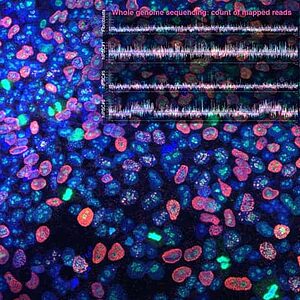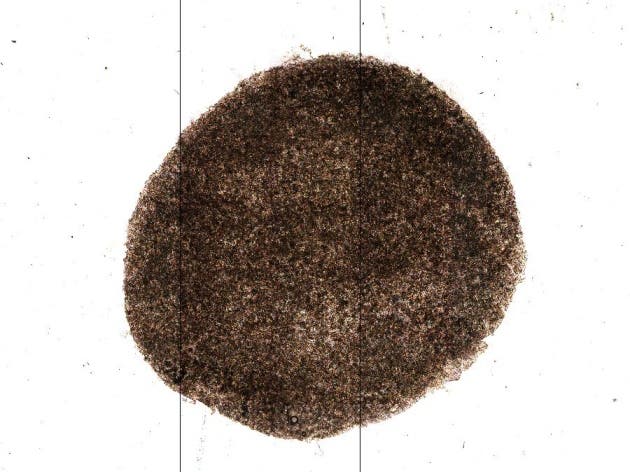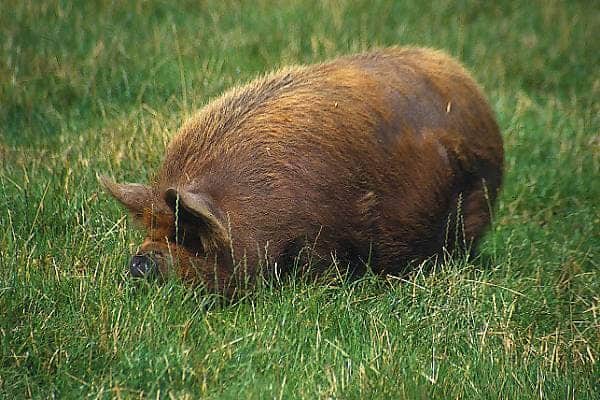Popular scientific consensus says that DNA code is identical in every cell of our bodies. A new study from Yale University that could pose extreme far reaching consequences in the field tested a highly controversial hypothesis that claimed genetic variations are widespread through out the body. The researchers found that this claim is true. For instance, 30 percent of skin cells have been found to harbor different DNA.
“We found that humans are made up of a mosaic of cells with different genomes,” said lead author Dr. Flora Vaccarino, the Harris Professor of Child Psychiatry at the Yale Child Study Center. “We saw that 30 percent of skin cells harbor copy number variations (CNV), which are segments of DNA that are deleted or duplicated. Previously it was assumed that these variations only occurred in cases of disease, such as cancer. The mosaic that we’ve seen in the skin could also be found in the blood, in the brain, and in other parts of the human body.”

iPS cells stained for proteins expressed during the cell cycle. (Image by Vaccarino lab)
A longstanding dogma is that all our cells have the same DNA sequence that governs all bodily functions. The researchers at Yale evaluated a hypothesis that stated during the cell duplication process, DNA may suffer deletions and sequence alterations with potential far reaching consequences on whole groups of genes.
To establish or disprove this theory, however, proved to be a very challenging task. Vaccarino and colleagues grew pluripotent stem cells lines (iPS) – stem cells developed from a mature-differentiated cell – from the inner upper arms of two families.
DNA genetic mosaic
The scientists spent two years studying these iPS lines, comparing them to the original cells. While the DNA in the iPS cell lines was extremely similar to that of the original cells, the scientists observed several deletions or duplications involving thousands of base pairs of DNA. Upon closer investigation, the scientists found that at least half of these differneces pre-existed in small fractions of skin cell.
“In the skin, this mosaicism is extensive and at least 30 percent of skin cells harbor different deletion or duplication of DNA, each found in a small percentage of cells,” said Vaccarino. “The observation of somatic mosaicism has far-reaching consequences for genetic analyses, which currently use only blood samples. When we look at the blood DNA, it’s not exactly reflecting the DNA of other tissues such as the brain. There could be mutations that we’re missing.”
“These findings are shaping our future studies, and we’re doing more studies of the developing brains of animals and humans to see if this variation exists there as well,” Vaccarino added.
The findings were documented in the journal Nature.
source: Yale






